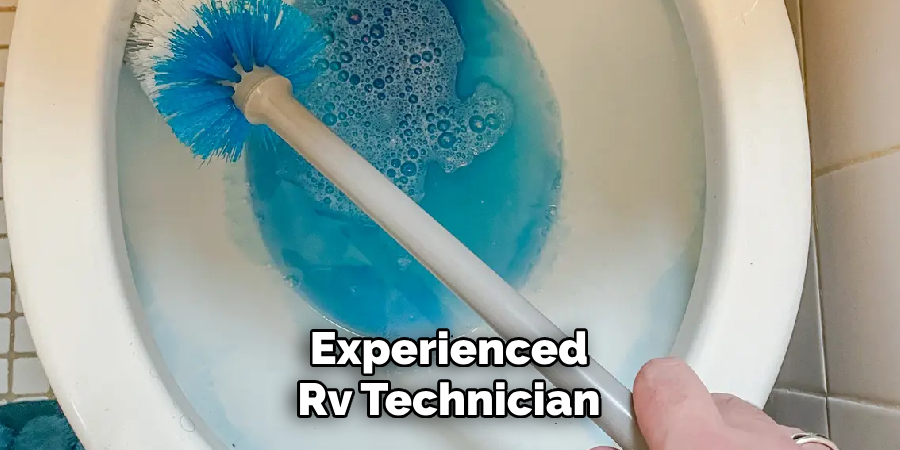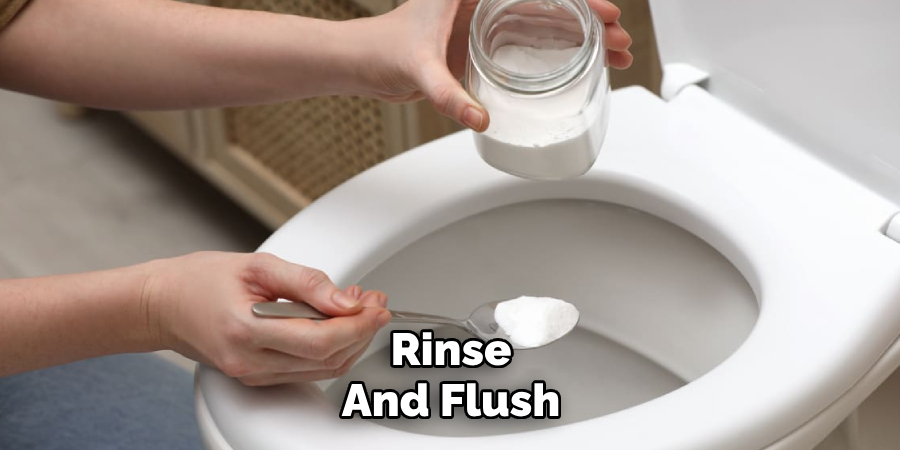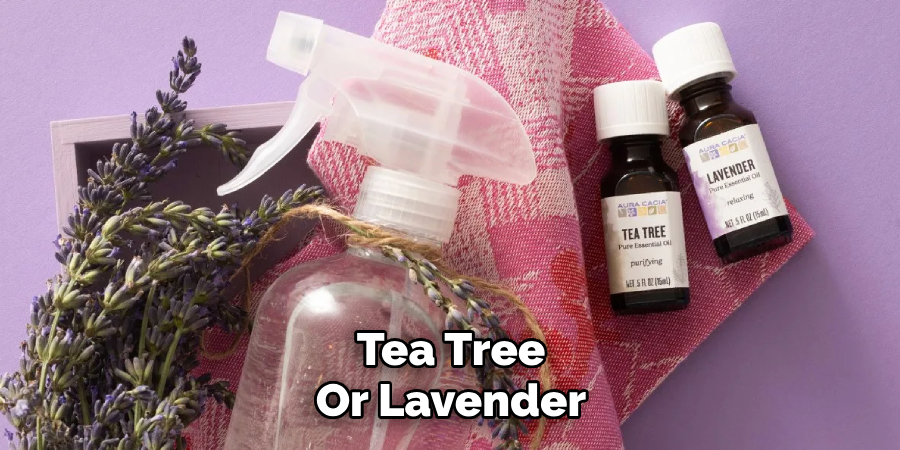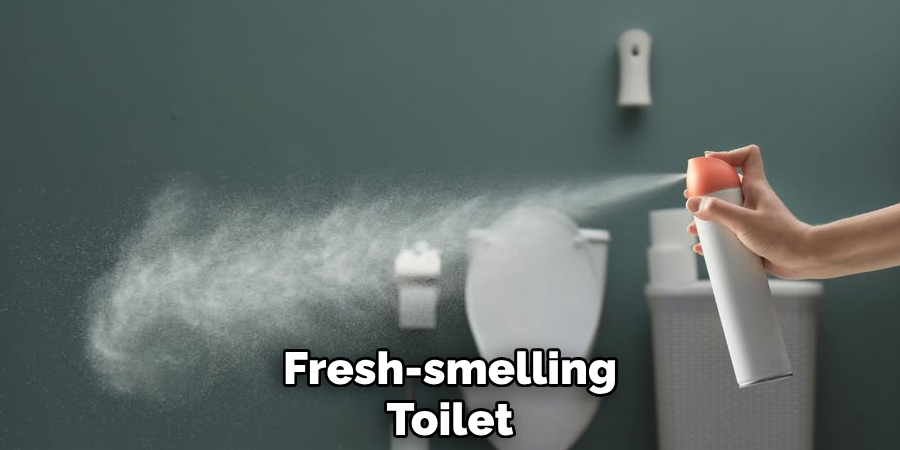Toilets are one of the most frequently used fixtures in any home, making them a prime spot for the accumulation of germs and bacteria. Regularly disinfecting your toilet is essential for maintaining hygiene and ensuring a clean, healthy bathroom environment. Unaddressed, germs and pathogens can spread not only unpleasant odors but also harmful illnesses among household members. By understanding how to disinfect a toilet, you can eliminate harmful bacteria, viruses, and other pathogens that thrive in the damp, warm environment of a bathroom.

]This article serves as a step-by-step guide to effectively disinfecting a toilet using safe and effective cleaning products. From routine cleaning to tackling stubborn stains and build-up, these tips will help you maintain a fresh and sanitary toilet with ease. Taking simple measures to keep your toilet clean also extends its life and enhances the overall ambiance of your bathroom space.
Materials and Tools Needed
Essential Cleaning Supplies
- Toilet bowl cleaner (antibacterial or disinfecting): Specifically designed to target germs and stains, ensuring a hygienic clean.
- Disinfectant spray or wipes (safe for bathroom use): Handy for quickly sanitizing surfaces like the toilet seat, lid, and surrounding areas.
- Toilet brush: A key tool for scrubbing stubborn stains and reaching every curve of the bowl.
- Rubber gloves: Essential for protecting your hands from harsh chemicals and bacteria.
- Microfiber cloth or paper towels: Perfect for wiping down surfaces and adding a finishing touch.
- Bucket of warm water: Useful for rinsing tools and tackling deep cleans.
- Optional: Baking soda and vinegar for a natural, eco-friendly alternative.
Tools for Efficient Cleaning
- How to Disinfect a Toilet (soft-bristled for toilet surfaces): Versatile tools for cleaning areas that require gentler handling.
- Toilet plunger (for clogs): Indispensable for addressing blockages effectively.
- Old toothbrush (for hard-to-reach areas): Ideal for scrubbing small crevices like hinges and rim edges.
Having the right materials and tools on hand ensures a thorough, hassle-free cleaning process and leaves your toilet spotless and safe for use.

Preparing the Toilet for Disinfection
Step 1: Remove Items Around the Toilet
Clear the area around the toilet to allow easy access for cleaning and to prevent contamination of surrounding items. Remove rugs, cleaning supplies, and personal items nearby to create a clutter-free workspace.
Step 2: Protect Your Hands and Surrounding Areas
Always wear rubber gloves to avoid direct contact with germs and bacteria while cleaning. This step is crucial for maintaining hygiene and safety. If you are using a toilet bowl cleaner containing harsh chemicals, ensure the bathroom is well-ventilated by opening windows or turning on an exhaust fan. This minimizes exposure to strong odors and chemical fumes.
Step 3: Flush and Remove Visible Dirt
Start by flushing the toilet to clear visible debris from the bowl. Following this, use a damp cloth to wipe down the toilet’s exterior, including the tank, lid, and base, to remove dust, dirt, or grime. This ensures the surface is clean and ready for deeper disinfection. Preparing the toilet properly sets the stage for effective cleaning and sanitization.
How to Disinfect a Toilet: Cleaning the Toilet Bowl
Step 1: Apply Toilet Bowl Cleaner
Apply a generous amount of toilet bowl cleaner inside the bowl, making sure to cover all areas, especially those with visible stains or discoloration. For those who prefer natural cleaning solutions, a mixture of baking soda and vinegar can be an effective alternative. Pour the mixture into the bowl, ensuring it reaches all sides and settles on problem spots.
Step 2: Scrub the Bowl
Take a sturdy toilet brush and scrub the entire bowl thoroughly. Pay special attention to hidden areas, such as under the rim and around the edges, as these spots tend to accumulate dirt and mineral deposits. For particularly stubborn stains, allow the cleaner or natural solution to sit for several minutes before scrubbing to loosen the grime effectively. Aggressive scrubbing might be necessary for older or deeper stains.
Step 3: Rinse and Flush
Once the bowl has been scrubbed, flush the toilet to rinse away the cleaner along with any loosened debris. Examine the bowl carefully for any remaining stains.

If needed, repeat the process for a second round of cleaning, focusing on any persistent discoloration. This final rinse ensures a fresh and sanitized toilet bowl, ready for use.
Disinfecting the Toilet Seat and Exterior
Step 1: Apply Disinfectant to the Seat and Lid
Spray disinfectant or use disinfectant wipes to thoroughly clean the toilet seat, the lid, and the top of the tank. It is essential to choose a disinfectant that is safe for use on bathroom surfaces and one that effectively eliminates bacteria and viruses. Make sure to cover all visible surfaces to ensure maximum sanitation.
Step 2: Wipe Down the Seat
Using a microfiber cloth or disposable paper towels, wipe down the toilet seat and lid. Be sure to clean both the top and underside of the seat and lid, as these areas can also collect germs. Move the cloth or towel in firm, even strokes to ensure all the disinfectant is evenly spread and the surface is left spotless.
Step 3: Disinfect the Toilet Tank and Handle
Spray disinfectant directly onto the toilet tank, handle, and any other frequently touched surfaces, such as the edges of the tank. Using a fresh, clean cloth, wipe these areas thoroughly, giving special attention to the flush handle, which is often a hotspot for bacteria. Repeat the process if necessary to ensure no residue or germs remain.
Step 4: Clean the Base and Floor Around the Toilet
The base of the toilet and the floor surrounding it often accumulate dust, bacteria, and spills. Spray these areas with a disinfectant and use a cloth or mop to wipe them clean. Pay attention to corners and grooves where dirt tends to gather. This step ensures complete cleanliness and a hygienic environment.
Using Natural Cleaners for Disinfection
Step 1: Vinegar and Baking Soda
For a more natural disinfection method, use white vinegar and baking soda. Begin by pouring white vinegar into the toilet bowl to act as a natural disinfectant. Next, add baking soda, which creates an effervescent reaction that helps to lift stains and remove grime. Scrub the bowl thoroughly with a toilet brush and allow the mixture to sit for 10-15 minutes before flushing.
Step 2: Essential Oils for Scent
To enhance the cleaning process, incorporate essential oils like tea tree or lavender. Not only do these oils provide a pleasant, refreshing scent, but they also have antibacterial and antifungal properties.

Add a few drops of your chosen essential oil into the vinegar and water cleaning solution. Use this mixture to clean the toilet’s exterior and seat, ensuring the entire unit smells and feels fresh.
Step 3: Benefits of Natural Cleaners
Natural cleaners like vinegar, baking soda, and essential oils are both effective and eco-friendly alternatives to harsh chemical solutions. Vinegar works as a powerful natural disinfectant, while baking soda tackles tough stains and neutralizes odors. Essential oils add a soothing fragrance, transforming a mundane cleaning task into a more enjoyable experience.
Deep Cleaning and Maintenance Tips
Step 1: Deep Clean Regularly
Aim to disinfect the toilet at least once a week for optimal hygiene. Regular cleaning prevents the buildup of bacteria, limescale, and stains, keeping your toilet pristine and sanitary. For areas with heavy use or noticeable grime, perform a deeper clean every 2-3 weeks. Use natural solutions like a combination of baking soda and vinegar or a non-toxic cleaner to ensure both effectiveness and environmental friendliness.
Step 2: Clean Hard-to-Reach Areas
Hard-to-reach areas, such as the hinges on the toilet seat and the edges of the base, can often harbor dirt and grime. Use an old toothbrush or a small cleaning brush to scrub these spots thoroughly. Adding a bit of baking soda or a natural cleaning paste to the bristles can help lift hardened deposits with ease. Paying close attention to these areas ensures a truly comprehensive clean for your bathroom.
Step 3: Maintain a Fresh-Smelling Toilet
To keep your toilet smelling fresh between deep cleans, consider using toilet bowl tablets or natural air fresheners. Baking soda, for instance, is a fantastic natural deodorizer. You can also add a few drops of your favorite essential oil inside the bowl or on nearby surfaces to create a pleasant and refreshing scent. Regular maintenance will leave your bathroom clean and inviting.

Conclusion
Learning how to disinfect a toilet properly is essential for maintaining a clean and healthy bathroom environment. Start by thoroughly cleaning the bowl, followed by disinfecting the seat and exterior surfaces. Incorporate natural cleaners like baking soda or essential oils for an eco-friendly approach. Regular maintenance, such as using toilet bowl tablets and addressing odors, ensures long-lasting freshness. Remember, regular disinfection prevents germs and bacteria from spreading. For deep stains or heavy build-up, you can opt for a specialized cleaner or consult a professional plumber if needed. With consistent care, your bathroom will remain hygienic and inviting.

